Management review meetings are at the heart of good internal quality management. This article aims to describe the ISO 9001 Management Review Meeting to improve your understanding and implementation of this process. But one must first understand what ISO 9001:2015 is all about.
What is ISO 9001?
ISO 9001 is a set of international standards designed to help companies meet customer requirements and ensure that their products or services are fit for purpose. Every organization that wants to comply with ISO 9001 must have an effective internal quality management system (QMS). The QMS must be continually improved and maintained to deliver effective quality management.
The QMS is made up of processes and tools which help you achieve your objectives. By using these processes and tools consistently, you can manage all aspects of your business to meet customer expectations, reduce waste, and increase efficiency.
The management review meeting is one such process that helps you monitor how well your QMS works over time by reviewing performance data against objectives set in the strategic plan. It also allows senior managers within your organization to look at where improvements can be made and what resources may be needed to achieve them.
Breakdown of Clause 9 of the ISO 9001 Standard
The ISO 9001 management review meeting is an integral part of the performance evaluation structure outlined in Clause 9 of the ISO 9001 standard. Clause 9 has three sections:
- 9.1 – Monitoring, Measurement, Analysis and Evaluation
- 9.2 – Internal Audits
- 9.3 – Management Review
The management review meeting forms part of Clause 9.3 – Management Review. Clause 9.3 focuses on the need for top management to regularly hold a meeting to discuss important matters related to the business. This section is divided into further subsections that are designed to ensure that the requirements of the management review are met:
- Clause 9.3.2 talks about the agenda that is required for the meeting.
- Clause 9.3.3 talks about how the meeting minutes should be documented.
Why should an organization go through the ISO 9001 Management Review Meeting?
Performing the management review meeting because it is mandatory to maintain your ISO certification should never be the case.
When an organization operates through an ISO certified management system, the management review meeting should be considered a top priority. It allows the organization to assess the effectiveness of the current processes and their needs to reform and ensure that the management systems are compatible with the company’s policies and goals.
The purpose of a management review meeting is to:
- Analyze organizational performance against established goals
- Assess the effectiveness of quality management systems and identify areas needing improvement
- Ensure continuous improvement through established corrective action plans
- Identify opportunities for improvement through new business development initiatives
- Identify areas requiring special attention because they may affect future compliance with ISO 9001:2015 requirements
- Discuss challenges faced by individual departments or groups within the organization (e.g., production delays caused by equipment failure)
How often must one perform an ISO 9001 Management Review Meeting?
An organization should aim to perform a management review at least once every year. However, it is advised that reviews are conducted more regularly for more prominent organizations. Regular management reviews are one of the requirements of the ISO 9001 standard, and should these not be done routinely, organizations may fail future audits.
The organization is responsible for deciding how frequently to conduct management reviews. The frequency of checks must be specified in the management system processes or a corresponding written method, according to ISO requirements, to obtain ISO certification.
Who should attend the ISO 9001 Management Review Meeting?
The meeting should be conducted by senior management but can be supported by other staff members interested in quality management.
The meeting is usually attended by everyone who has had direct involvement in quality management during the last year (e.g., managers who have been involved in training, auditing, etc.). Often it will be helpful to include customers, suppliers, and other external stakeholders, as well as internal personnel who have played a role in your organization’s quality assurance efforts.
The meeting should take place during working hours so that participants can give their full attention to its content without worrying about missing anything important or having difficulty finding another time when they would all be available together.
How to Implement the Requirement stated in Clause 9 of ISO 9001:2015
The ISO 9001 management review meeting is an opportunity to put the concept of continual improvement into practice. At least once a year, top management meets to review the business’s strategy. The goal is to find ways in which the company can improve. Ideas for improvement come from the meeting’s agenda and the topics to be discussed.
Using data collected from the previous period, the company can use a fact-based approach to facilitate continual improvement. It should be noted at this point that there is a difference between data and information. It is helpful to apply the DIKW method:

- Data (raw numbers)
- Information (processed data)
- Knowledge (experience combined with information)
- Wisdom (correct application of knowledge)
More on DIKW can be found here.
Each management review meeting requires completing all the items on the agenda as set by the standard and coming up with an action plan to implement improvements. It is imperative that meeting minutes (official meeting minutes, emails, or any other shape or format) are readily available and can be referred to during essential discussions.








